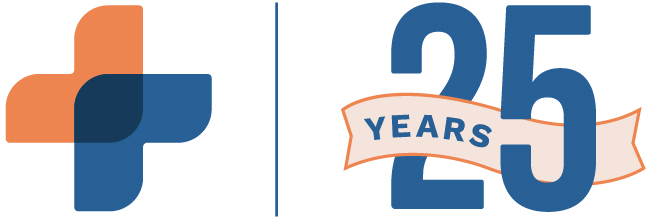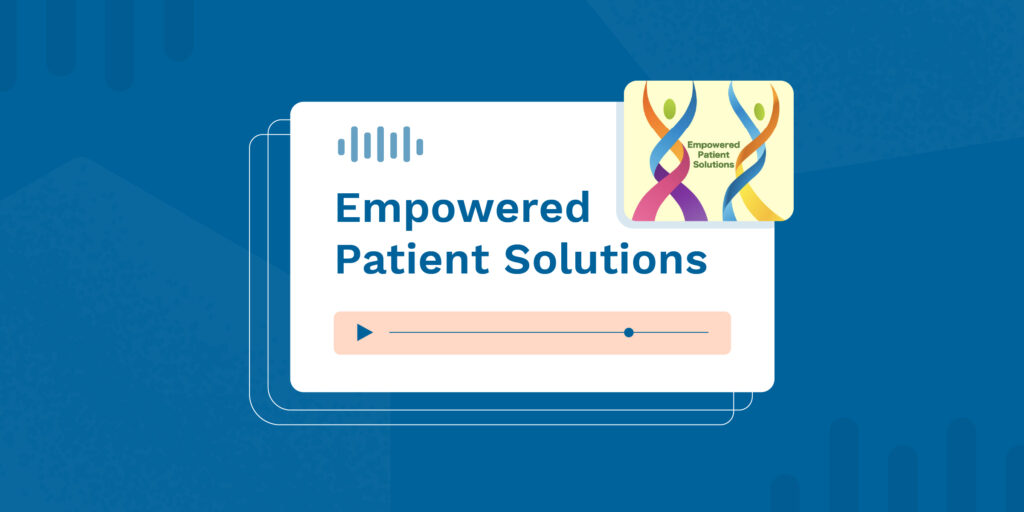Randy Boldyga, CEO and Founder of RXNT, sat down with ABC30 Action News for a segment about how healthcare technology is bridging the gap between rural Americans and better quality care.
Please note: The following interview has been lightly edited for clarity and brevity.
Over 46 million Americans live in rural areas according to a study from the NIHCM Foundation, and yet 80% of rural America is considered to be medically underserved. Rural communities present unique challenges for patients and the providers that serve them, such as economic barriers that have caused 36% of rural adults to skip necessary healthcare, a significant shortage of healthcare workers with specialties less likely to be available, and limited health literacy which increases the risk of hospitalization and results in poorer health outcomes. With the help of technology, medical practices are bridging the healthcare gap in rural America by using connected tools and resources that support streamlined communication, in-depth health insights, remote care, and more.
Randy Boldyga, RXNT’s CEO, President, and Founder, sat down with ABC30 Action News’ anchor Vanessa Vasconcelos to discuss the crucial role that technology plays in the American healthcare system—especially in rural areas. Continue reading for a full recap of the conversation.
Vasconcelos: Tell us about the role that technology plays when it comes to bridging the gap between Americans and health care, especially for those who are living in rural communities.
Boldyga: Access to health care in rural areas is a complex issue with multiple facets. There are many challenges such as healthcare provider shortages, economic barriers, geographic isolation for rural areas, healthcare infrastructure, rural hospitals and clinics being older and less well funded, social determinants such as education, employment, and living conditions, and of course, technology access and integration. So while telemedicine and other technological advances have the potential to improve access to healthcare, not everyone in rural areas may have access to reliable internet. These are just some of the obvious challenges that people living in rural America deal with.
Vasconcelos: And, how would technology help bridge that gap?
Boldyga: Technology has the opportunity to play a significant role [in bridging the gap]. We’re already seeing it over the last few years with the explosion of telemedicine and mobile health applications; however, our industry is in the infant stages with a lot of this. Electronic health records are important for bridging the gap, along with remote monitoring devices, and health information exchanges. There’s also online health education, so technology can facilitate access to health, education, and resources. And then, of course, AI and predictive analytics are becoming a hot topic right now in the healthcare industry, and I think there’s a huge opportunity in that area.
Thank you to Vanessa and ABC30 Action News for hosting us! Watch Randy’s segment below:





